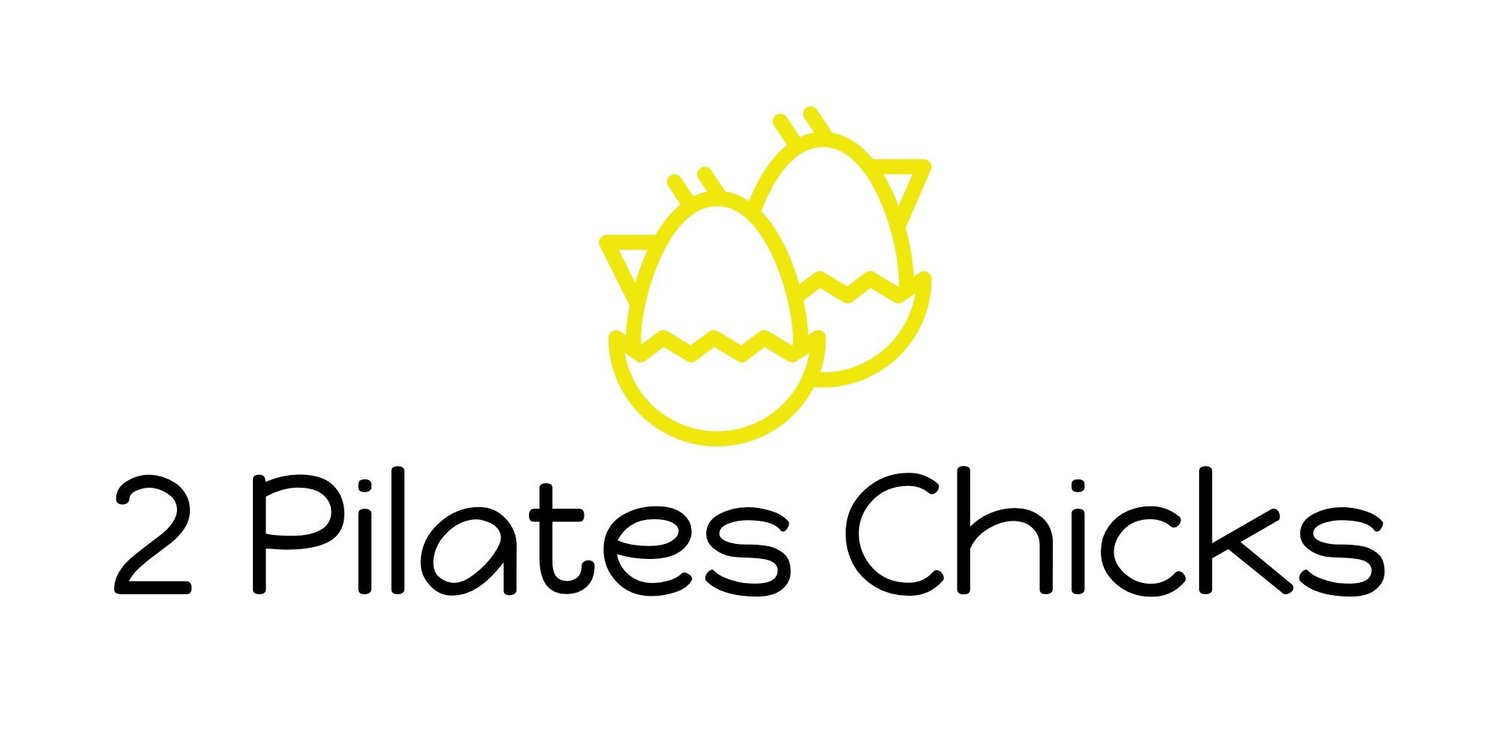When a Cue Isn’t Working: The Art of Individualized Pilates Instruction
What makes an effective cue for teaching Pilates? What if your Pilates cues aren't working for the Pilates client? How do you navigate a Pilates session when the Pilates cues you're choosing aren't making the change you want?
In Pilates, cueing is the primary vehicle for connection and learning. But what truly makes a cue effective? And what should you do when your go-to instruction falls flat? The simple answer is that a good cue is not a universal truth; it is entirely individualized.
In Season 6, Episode 13: “When a Cue Isn’t Working”, the conversation explores cueing from both the teacher’s perspective and the client’s experience. Your goal as an instructor isn't just to tell the client what to do, but to guide them through an internal discovery—finding a cue that helps the client adjust themselves to see where they need to reach more or what is needed to achieve the action they're attempting in the exercise.
Effective Cueing
An effective cue is always simple, clear, and direct. It should not be a mishmash of complex directions that force the client to sift through choreography, spring tension, and confusing jargon all at once.
We want actionable cues. An actionable cue helps the client immediately connect and focus. Instead of demanding that a client "engage" a specific muscle, give them a direction that helps them adjust this for themselves: “Press into your arms to lift your hips,” or “Reach toward the wall,” or "Push the footbar across the room".
Cueing Beyond Words
Don't forget that the Pilates apparatus itself provides an inherent, powerful cue. In Footwork, for instance, the feel of the spring feeding back into the body and the stability required to manage that force is a tactile cue in itself. The challenge is teaching the client how to use that support to maintain symmetry and length.
Imagery cues, like the familiar Pelvic Clock, can be an effective tool, but the understanding of these must be built up over time as a shared language between you and the client through various sessions. Think of foundational work, like the Kathy Grant exercises before the Hundred, as filling the client’s toolbox with actionable physical concepts you can reference instantly in later sessions after the client has been taught them.
When Cues Confuse: The Difference Between Connection and Failure
As teachers, we must be mindful of the difference between cues that connect and those that confuse.
Avoid Overly Anatomical or Performance-Based Cues. If your instruction is too technical (like certain cues involving the pelvic floor) or focuses strictly on anatomical language, the client may leave feeling like they failed if they don't feel the movement exactly how you said they should or if they don't know what you're referencing. Remember, everyone’s body and neural pathways—their internal conversation of how to move—are different. The brain speaks differently to each body, and each client learns differently.
There are no cues that are just bad or good. There are no magic cues to learn that will revolutionize your teaching. A "good" cue helps the client connect to their body and have a new understanding; a "bad" cue makes the client feel confused or disconnected from the exercise. We must move away from treating clients like they have to achieve a certain picturesque position in each exercise, receiving the same, generic instructions, and individualize cues to what is specifically needed for each person based on either adjusting something that we're seeing occur, what we're not seeing that needs to happen, or something we want to emphasize within the movement.
Observation is the Primary Tool
If a cue isn't working, the first step is to stop talking and start watching.
You cannot effectively cue if you are anticipating what the client is going to do or assuming what they "should" be feeling. You must observe what the client is actually doing in the moment. Remember:
1. Patience: When a client first gets on the mat or apparatus, their body and brain need a few repetitions and exercises to center and adjust. Don't expect an immediate connection. Allow the client some repetitions to feel where their body is and what might be needed for themselves before jumping in.
2. Adaptability: If you have tried multiple ways to phrase an instruction—using different analogies, action words, and intentions—and the client is still not connecting, move on. It may simply mean that their body is not ready for that particular layer of work yet, and they're doing the best they can with it that day. Another exercise may unlock the understanding they need later, so let them keep moving. Don't stay in that exercise, nitpicking and frustrating both yourself and the client.
Ultimately, whether a cue works or not isn't about our success or worth as a teacher. Cueing is a continuous conversation between teacher and client that layers over time as you each get to know each other. It’s an exploration you share, learning not just what works for their body, but how their unique mind processes information.
Your goal is to cue the exercises to fit the client, not to cue the client to fit the exercise. Every session, everybody, and every day presents a new opportunity to discover that perfect, personalized cue.






